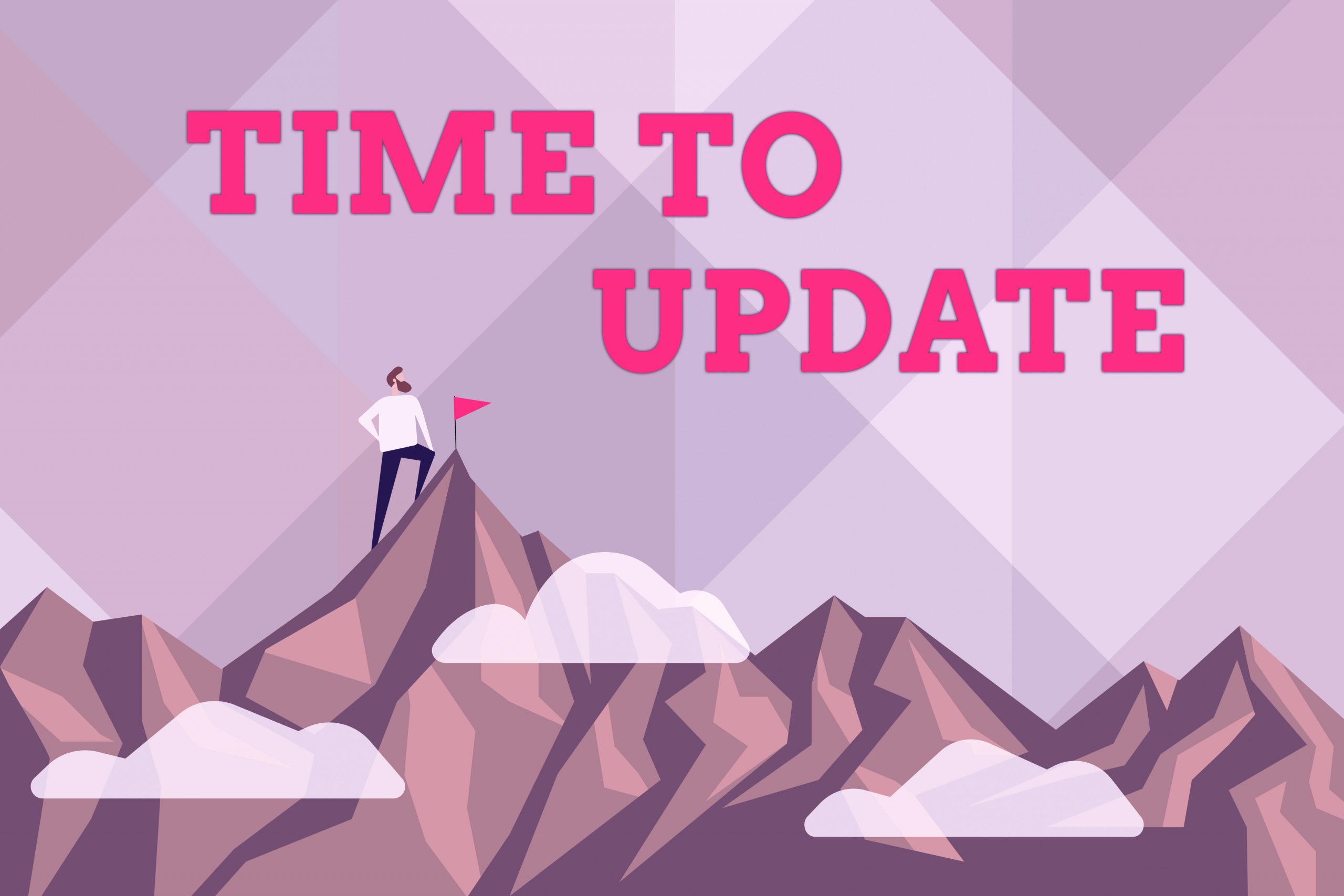
Revenue leakage is a buzzword that’s mentioned frequently in the SaaS world. Imagine there is a slow leak in your home’s plumbing system. When it first starts, it doesn’t usually cause damage visible to the naked eye. In fact, you may not even know it exists. Then one day, the ceiling collapses and your living room is full of water and debris.
Now picture the same sort of thing is happening in your business, except it’s your hard-earned revenue that’s slowly leaking out of the company.
In this article, we’ll review what revenue leakage is, how to identify it, and how to prevent it.
What Is Revenue Leakage?
Revenue leakage (or money leakage) is money your business has earned, but hasn’t collected. It often results from human error, inadequate oversight, billing errors, and the inconsistencies of manual accounting systems. Revenue leakage can hurt cash flow and impact your company’s profitability.
The good news is that we can prevent revenue leakage by implementing rigorous processes and following best practices for accounting, invoicing, and payments. First, let’s look at the hidden ways revenue can disappear from your business.
6 Causes of Revenue Leakage
Revenue leakage can be caused by unenforced contracts, late payments, late invoicing, data entry errors, poor accounting and manual accounting processes fraught with human error, poor contract terms, high discounting, and poor revenue operations. Each business has its own leak sources to consider.

1. Unenforced Contracts
This is one of the hardest forms of revenue leak to prevent because so many businesses haven’t digitized their contracts. Therefore, they don’t know what they should enforce. Are your customers legally bound to a yearly quota? If they are, you can bet they won’t pipe up to let you know they haven’t reached it. It’s up to you to enforce this.
Revenue leakage can also come from supplier contracts. For example, a supplier may have breached their agreement, but you haven’t enforced an applicable penalty.
2. Late Payments and Invoicing
Late payments and invoicing are extremely common forms of revenue leak. The reason they’re so prevalent is that many organizations still use manual accounting systems. Manual setups for accounts payable and accounts receivable introduce human error that can lead to leakage.
3. Data Entry Errors
Manual data entry from one system to another can easily result in mistakes that cause revenue leakage. For instance, an assistant may enter an amount incorrectly, mistakenly mark an invoice as paid, or fail to check that a payment amount matches the invoice.
Using automated, integrated accounting software can help catch and prevent human errors.
4. Poor Accounting
Accounting is highly complex, especially in certain countries like the U.S and U.K., where tax leakage can easily occur. It’s important to have rigorous accounting practices in place to ensure you pay the correct amount of tax when required. Paying too much causes leakage, and paying too little can trigger fines, penalties, and interest.
Putting a cloud-based accounting system in place can help keep you on top of complex, changing tax codes and prevent leaks.
5. High Discounting & Poor Commercial Terms
Sales and Finance departments don’t always see eye to eye. That’s understandable, because sales wants to sell as much product as possible, as quickly as possible, while finance focuses on securing the most favorable terms.
Requiring approvals for discounts and other commercial terms (such as termination for convenience clauses) can reduce the amount of revenue lost.
6. Poor Revenue Operations
Revenue operations cover the entire sales process, from good opportunity hygiene to accurate forecasting to revenue recognition. If the sales process is inefficient or reps aren’t performing, your organization will miss out on revenue without knowing it.
Steps To Identify & Prevent Revenue Leakage
Thankfully, revenue leakage isn’t a necessary evil or an unavoidable cost of doing business. Business managers and their accounting teams can easily identify the causes of revenue leakage and work to eliminate them.
First, Identify Revenue Leaks
Identifying revenue leakage is the most important step to take to remove it. Start by taking a close look at your invoicing and revenue operations.
Invoicing Process
How do you currently send invoices to customers? Does this require human intervention and if so, how much and why? Ask yourself, could this be automated in more than half of all cases? If so, automate the process!
Revenue Operations
Revenue operations (or sales operations) teams should answer questions about the state of the company’s revenue, such as:
- Are reps keeping their opportunities up to date in the CRM?
- Are reps forecasting accurately?
- Are sales leaders coaching reps effectively?
- Are sales leaders using their seniority and network to influence a deal and cultivate relationships?
- Are reps following the right steps to close a deal?
- What’s the data telling me about my opportunities? Will we win them based on past trends?
- Are my deals slipping quarter after quarter? If so, why?
These are all questions that a revenue operations tool can help answer and ultimately help address in an effort to prevent revenue leakage.
Next, Prevent Revenue Leaks
Preventing revenue leakage typically involves overhauling and/or improving existing processes. Some processes will be easier to improve than others. It’s best to start with the low-hanging fruit.
Integrate Systems
You can reduce manual data entry by integrating your different business tools, or by using a single system that doesn’t need to pass data back and forth at all. Some accounting platforms, such as Accounting Seed, connect directly to Salesforce, so there’s no need for duplicate data entry—which helps ensure data accuracy.
Invest in a Revenue Operations Tool
Introducing a tool to help improve revenue operations is a quick win in the battle against revenue leakage. A revenue operations tool can automate many of the manual processes prone to human error that cause revenue leaks in the first place.
Audit Tax Returns
Review your tax returns for the last few years. Did you overpay, or pay penalties and interest because of reporting and filing errors? Tax errors like these lengthen the refund process and reduce the amount of cash available for operating the business.
Discount Approvals
Requiring approvals for discounts is a quick way to prevent sales reps from over-discounting your products. Approvals can reduce the frequency of discounting as well as the overall amount discounted.
Automate Invoicing
Automating the invoicing process can ensure your customers receive invoices promptly. Plus, it will be less likely that invoices contain manual errors like inaccurate amounts due. This is easy with a system like Salesforce and a native app like Accounting Seed.
Automate Late Payment Follow Up
Make sure your invoicing system automatically reminds customers a payment is late—or even soon to be late—to reduce the amount of manual work required to follow up.
Review Customer/Supplier Contracts & Digitize Them
Reviewing and updating contracts is the most time-consuming way to prevent revenue leakage. However, once contracts have been digitized and a contract management process is in place, this process becomes automatic.
How Salesforce Can Help
Salesforce gives you a 360-degree view of your customer. With more visibility comes greater operational rigor, leading to less revenue leakage. With Salesforce’s partner ecosystem, there are multiple solutions on the AppExchange that make preventing revenue leakage more efficient.
How Cloud Accounting Software Can Help
Using Salesforce for revenue leakage prevention is so much easier with a dedicated cloud accounting software tool. A cloud-based system like Accounting Seed—an automated accounting platform that is fully native to to Salesforce—can help stop revenue leakage before it begins.
We noted earlier that the causes of revenue leakage include late payments, slow invoicing, data entry errors, and poor accounting.
An accounting tool that pulls your data from Salesforce lets you quickly and easily:
- Automate invoices
- Automatically follow up on late payments
- Reduce data entry errors
- Build out accounting workflows in a single system
- Create dashboards for monitoring
These improvements will reduce revenue leakage while cutting down on manual work for your finance and accounting teams. Have your accounting system work for you and free up time to focus on more important and strategic tasks.
Summary
Revenue leakage is preventable, but not until it’s been identified in your organization. Once you’ve flagged all the sources of leaks, it’s important to implement solutions that prevent revenue leakage from continuing.
The Salesforce ecosystem offers multiple solutions to help prevent revenue leak, and one of the most powerful is an accounting tool that works closely with Salesforce to manage revenue operations. Schedule a demo with Accounting Seed today to see how cloud-based accounting software can help stop revenue leak in your organization.
See Accounting Seed in action
Get a close-up view of how accounting on Salesforce can eliminate the need for costly integrations—and silos of mismatched information—by sharing the same database as your CRM.


